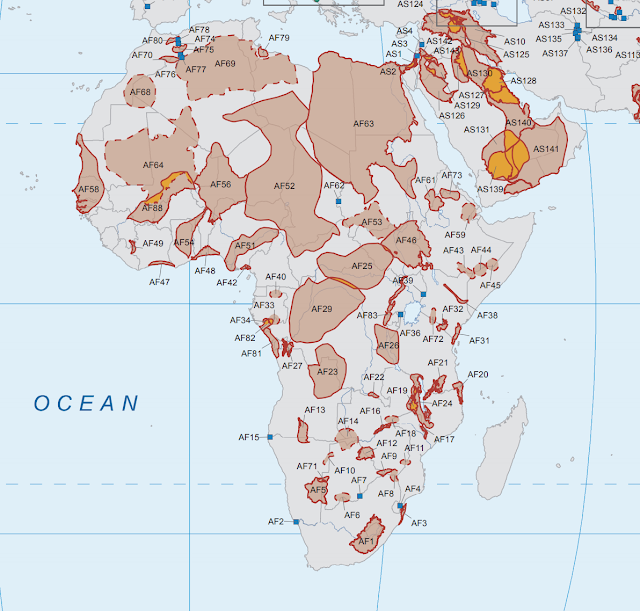Plumbing the Sahara - The Nubian Sandstone Aquifer System

Plumbing the Sahara - The Nubian Sandstone Aquifer System (NSAS) The Nubian Sandstone Aquifer System (NSAS) is the apex African aquifer, it is the world's largest aquifer system covering approximately 2.2 million Km 2 ( Alker 2008 ). The extensive aquifer extends quietly beneath the surface of North East Africa stretching from the Tibesti mountains in the central Sahara to the Red Sea in the East, from the Lake Chad Basin in the south to Mediterranean sea in the north. This colossal aquifer lay silently below the Sahara for millennia with the main bulk of the water dating back to between 100,000 - 1 million years ago whilst the deepest water resources date back to as far as 2 million years ago ( Zekster and Everett 2004:221-222 ). The system underlies 4 large nations which harbour a population of over 136 million ( IAEA 2011 ) the aforementioned nations are; Libya, Egypt, Sudan and Chad. The system was discovered in 1953 by chance as Libya searched for 'black gold' within
